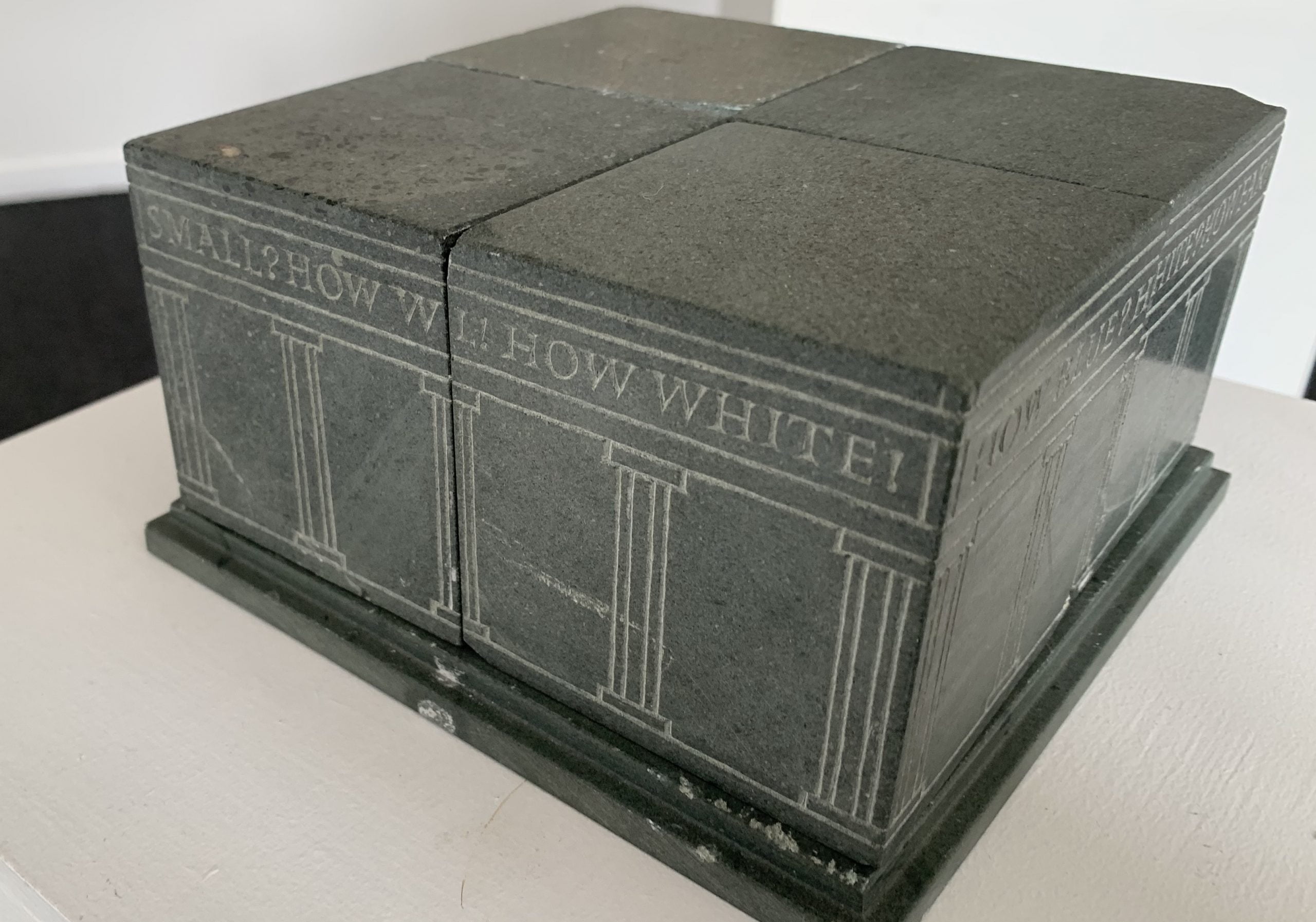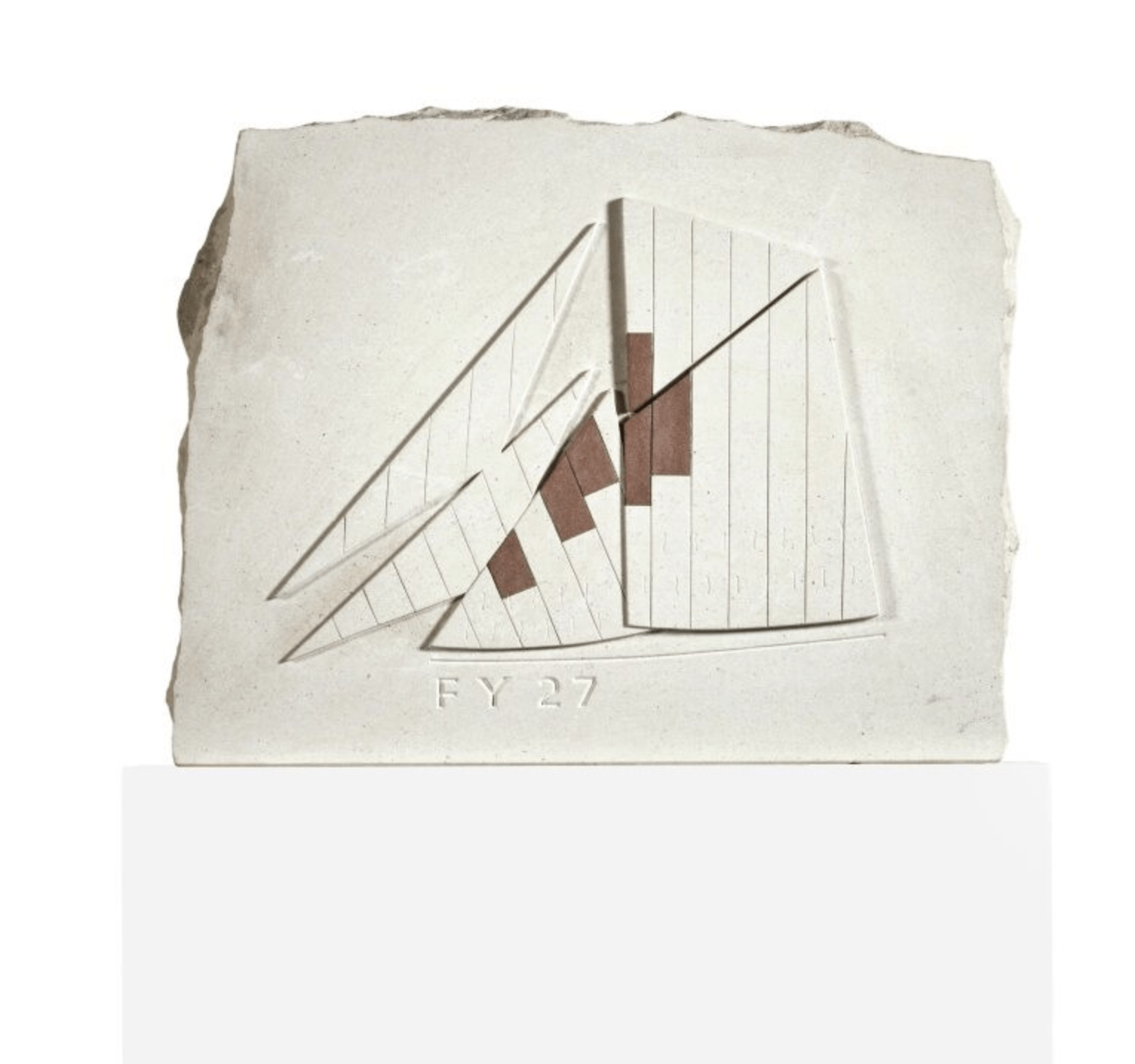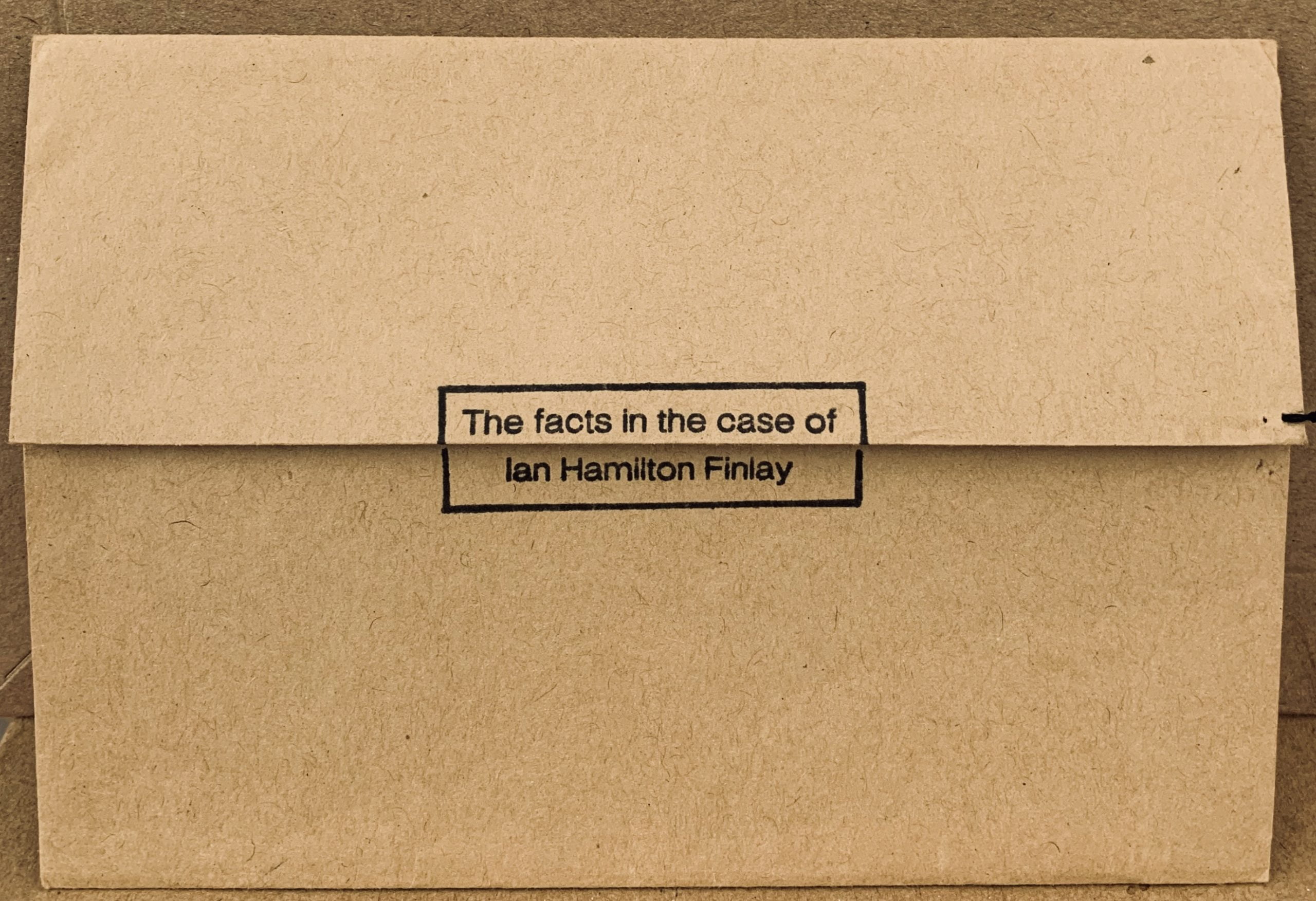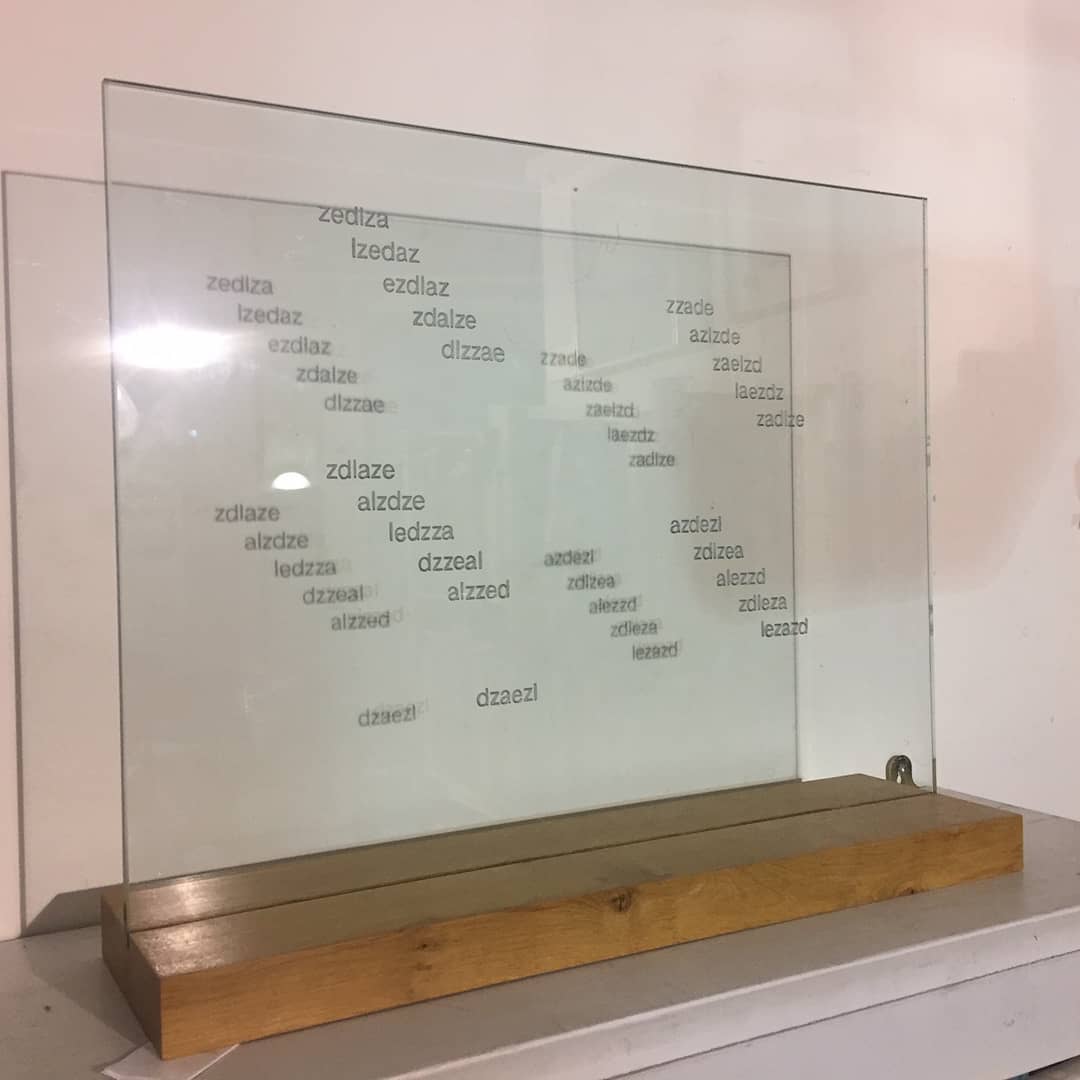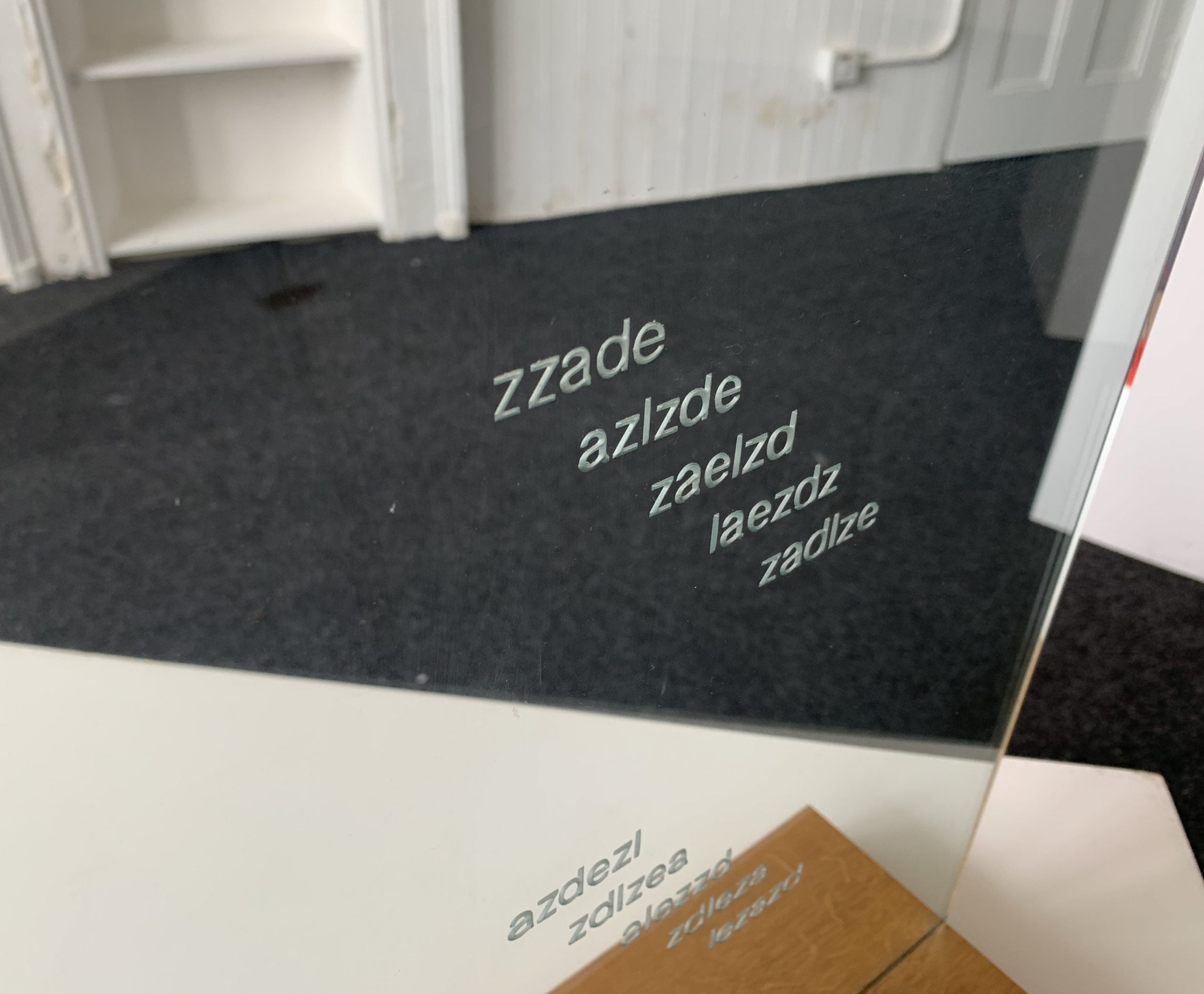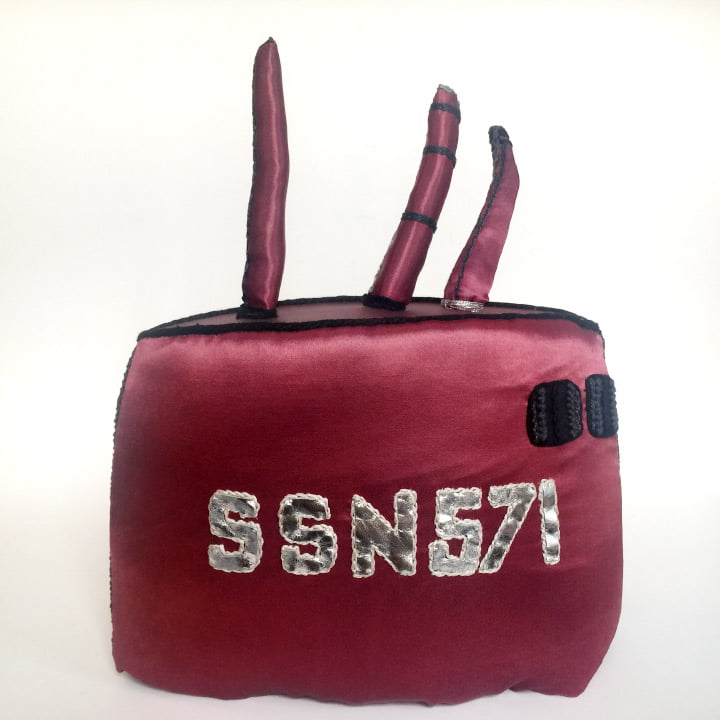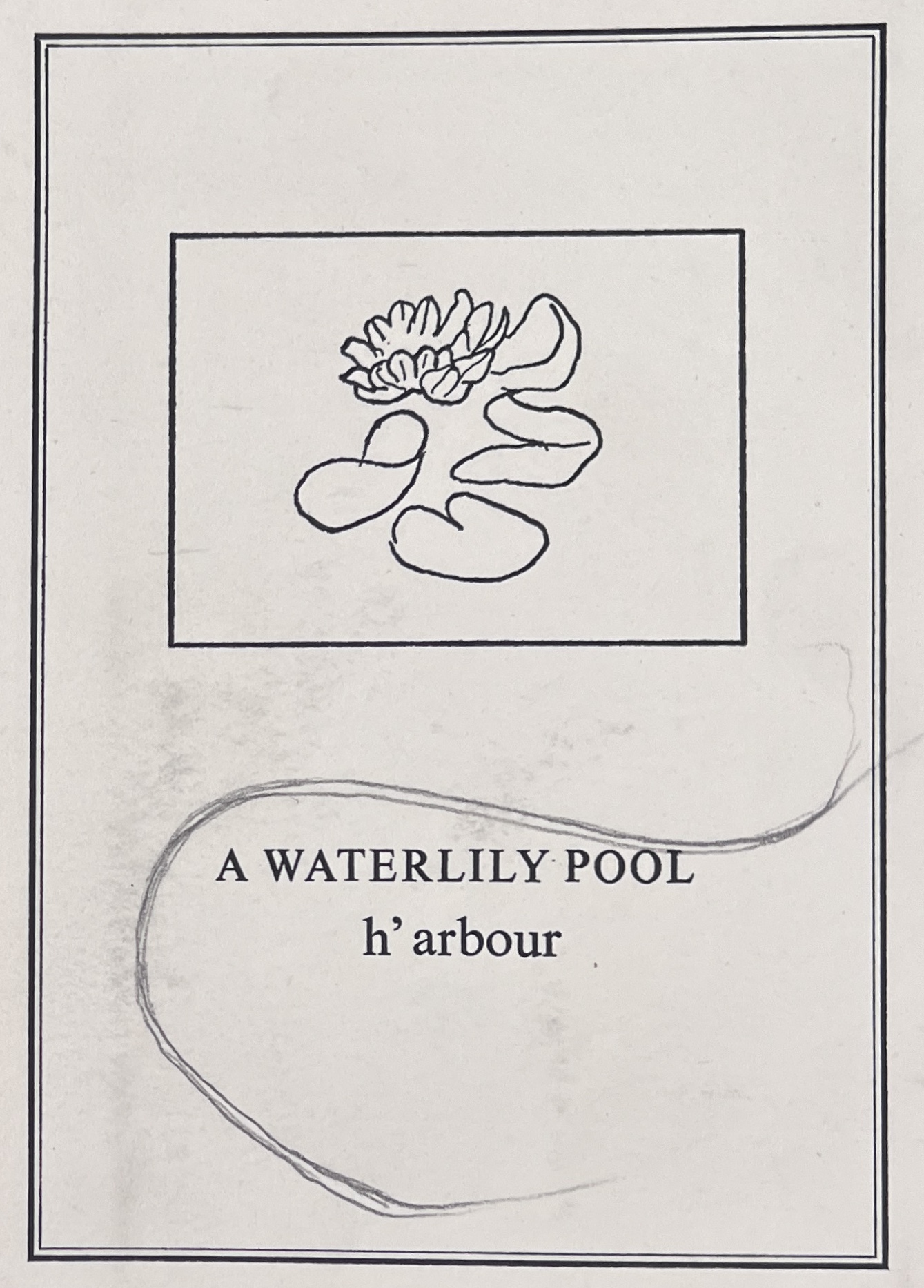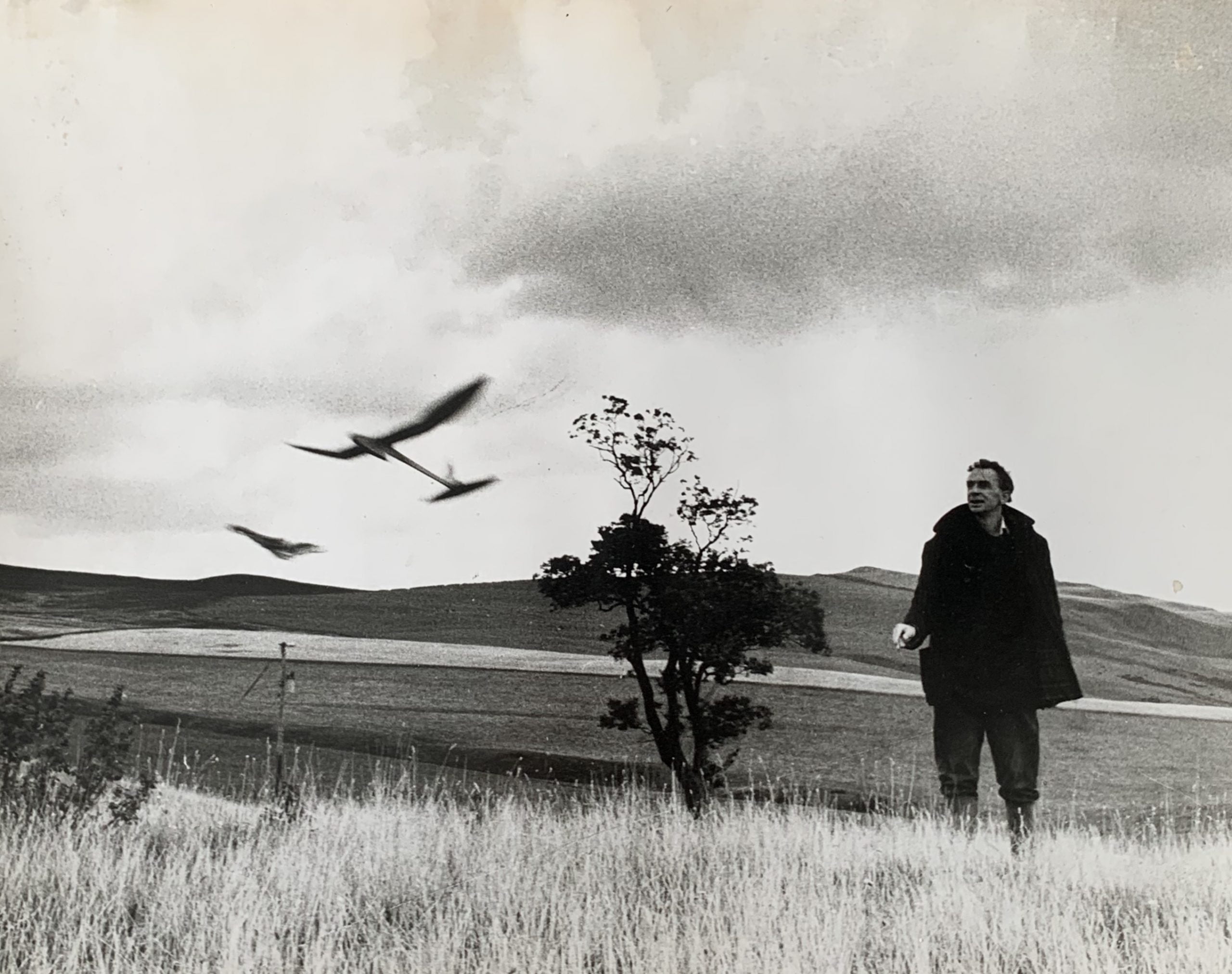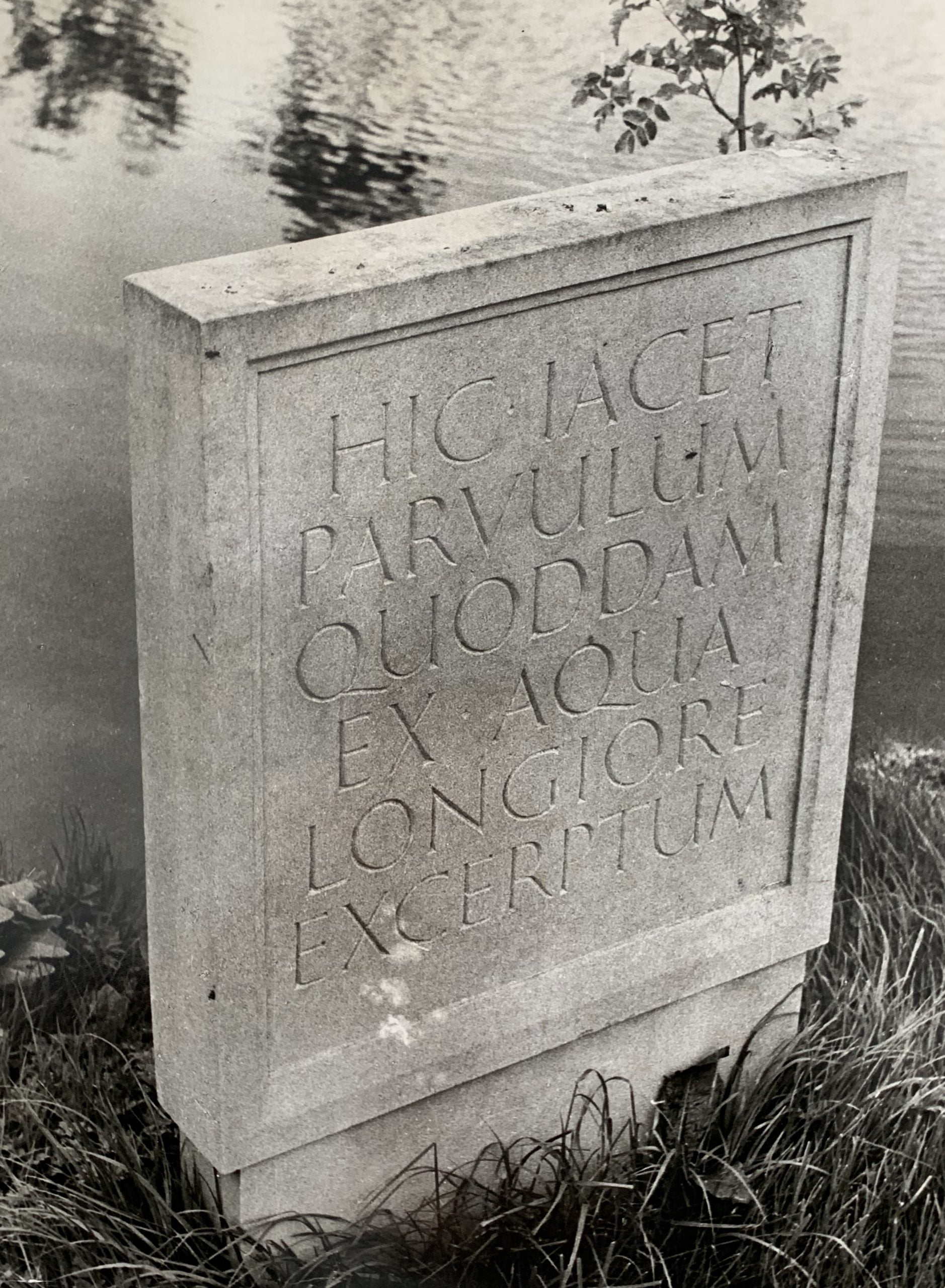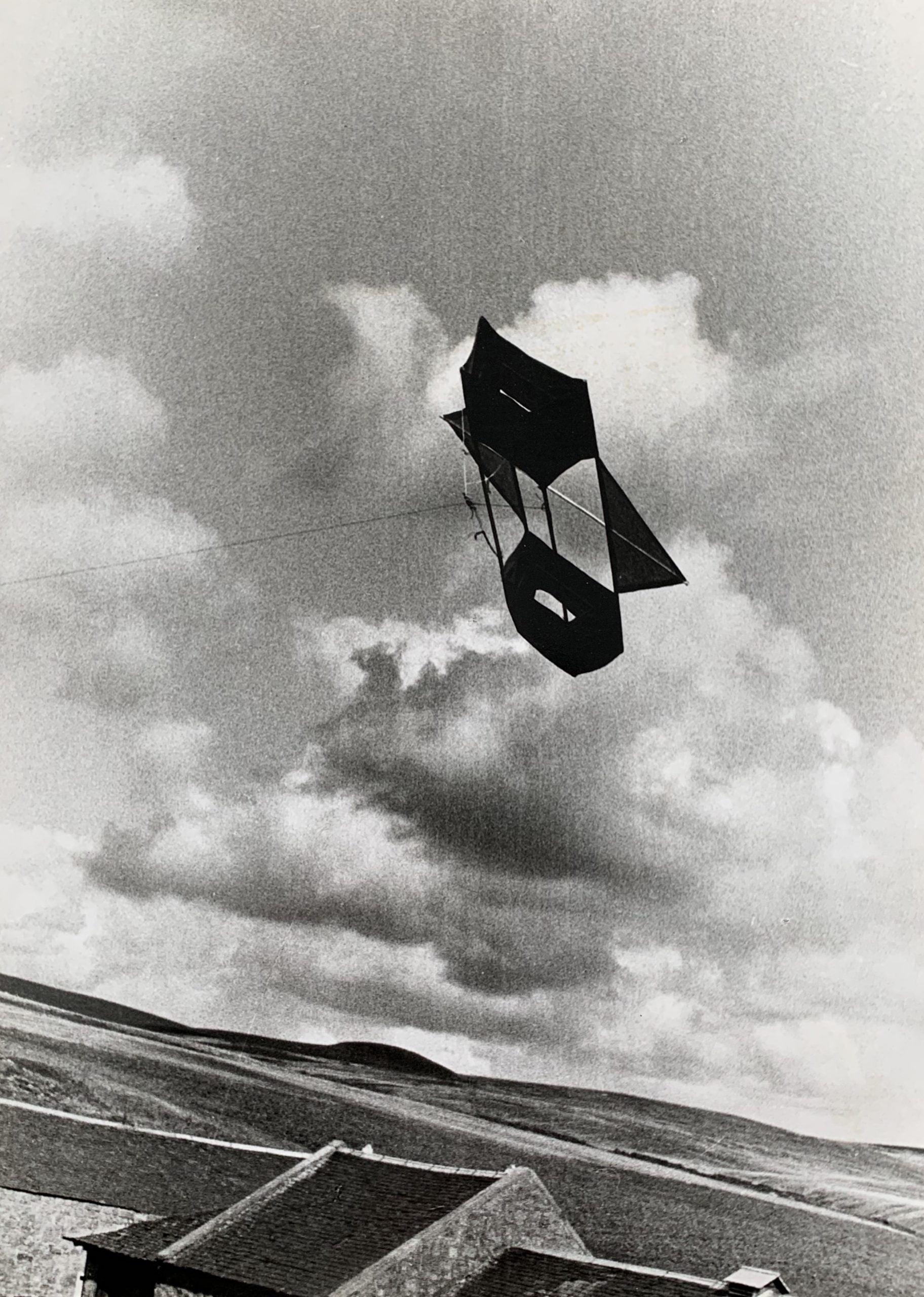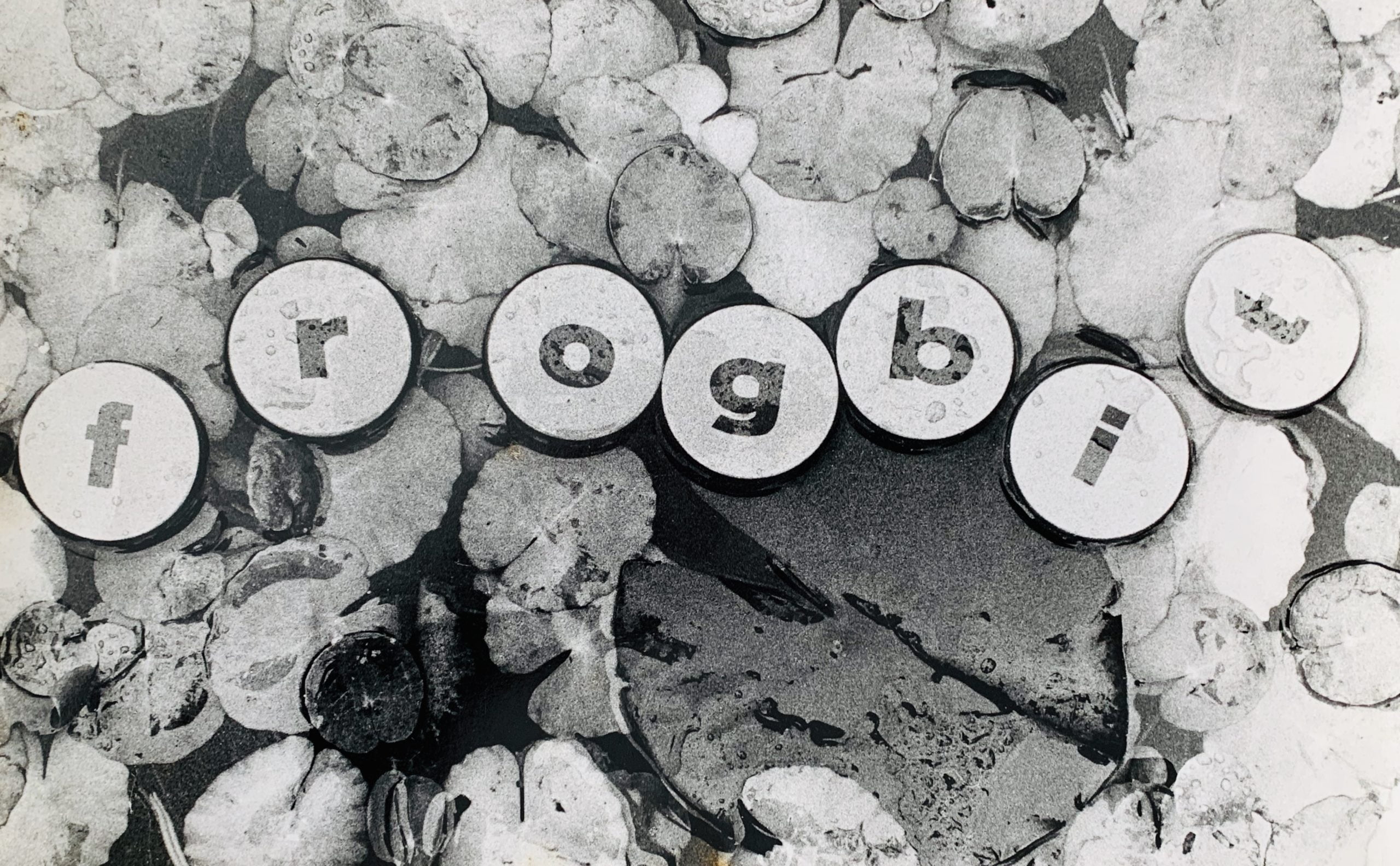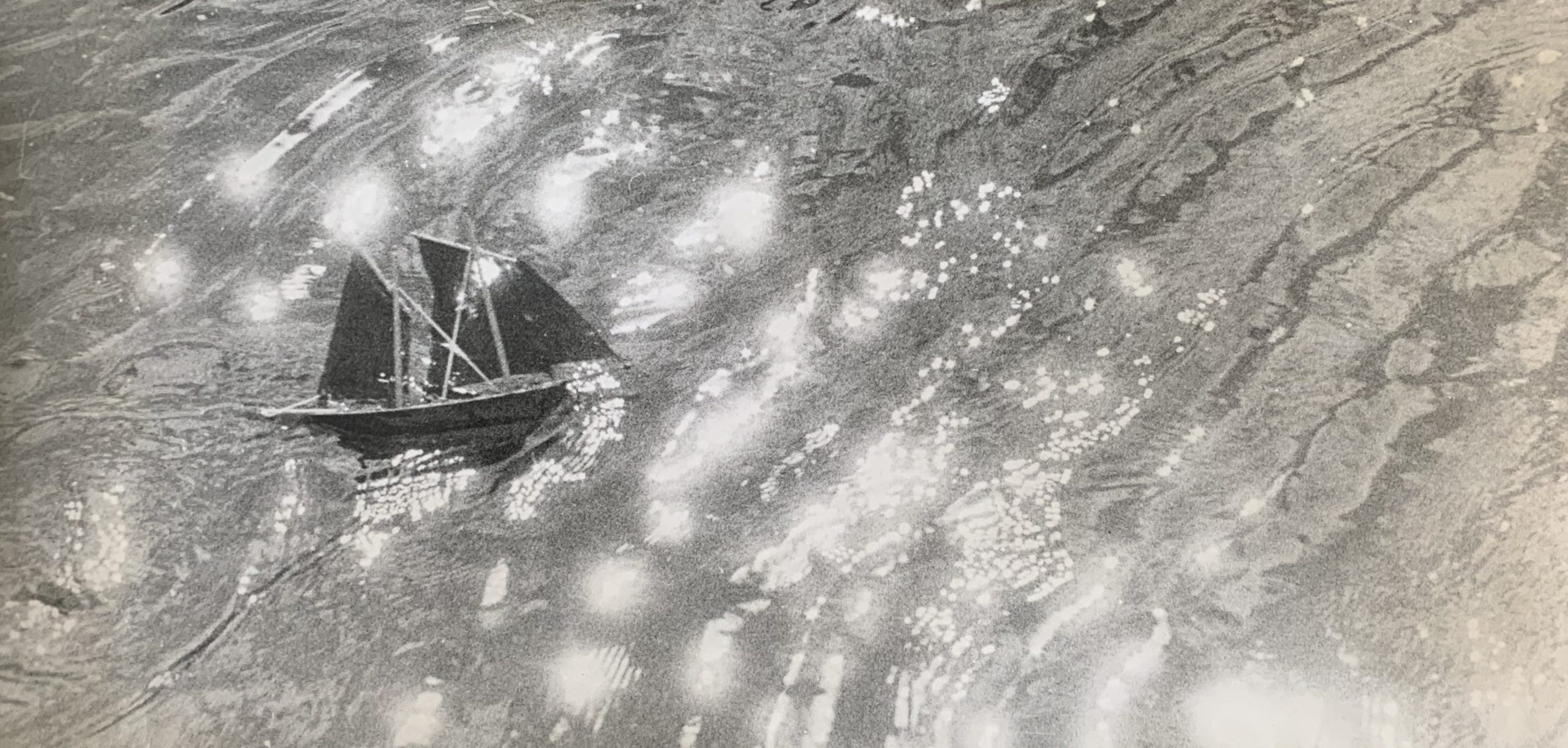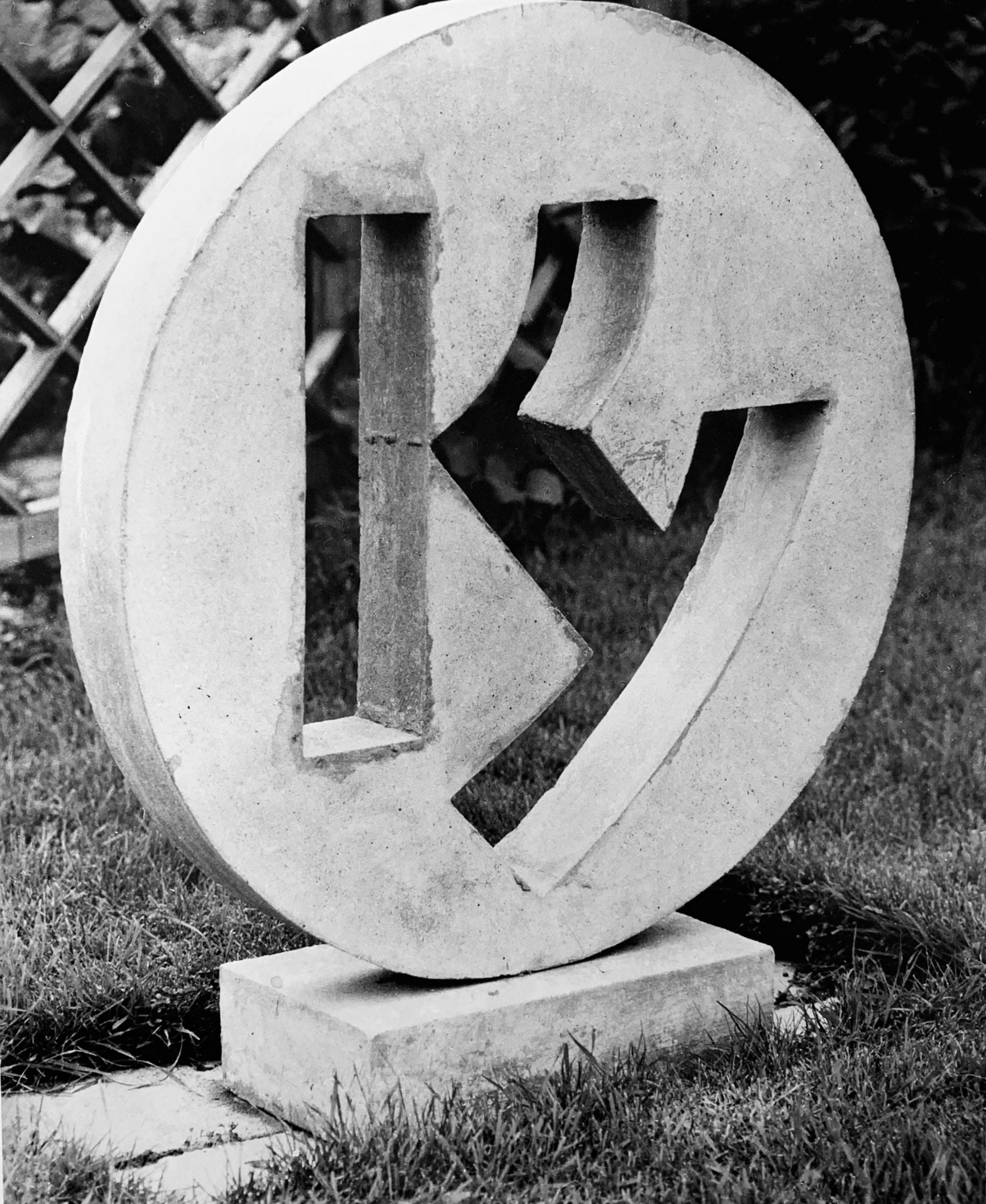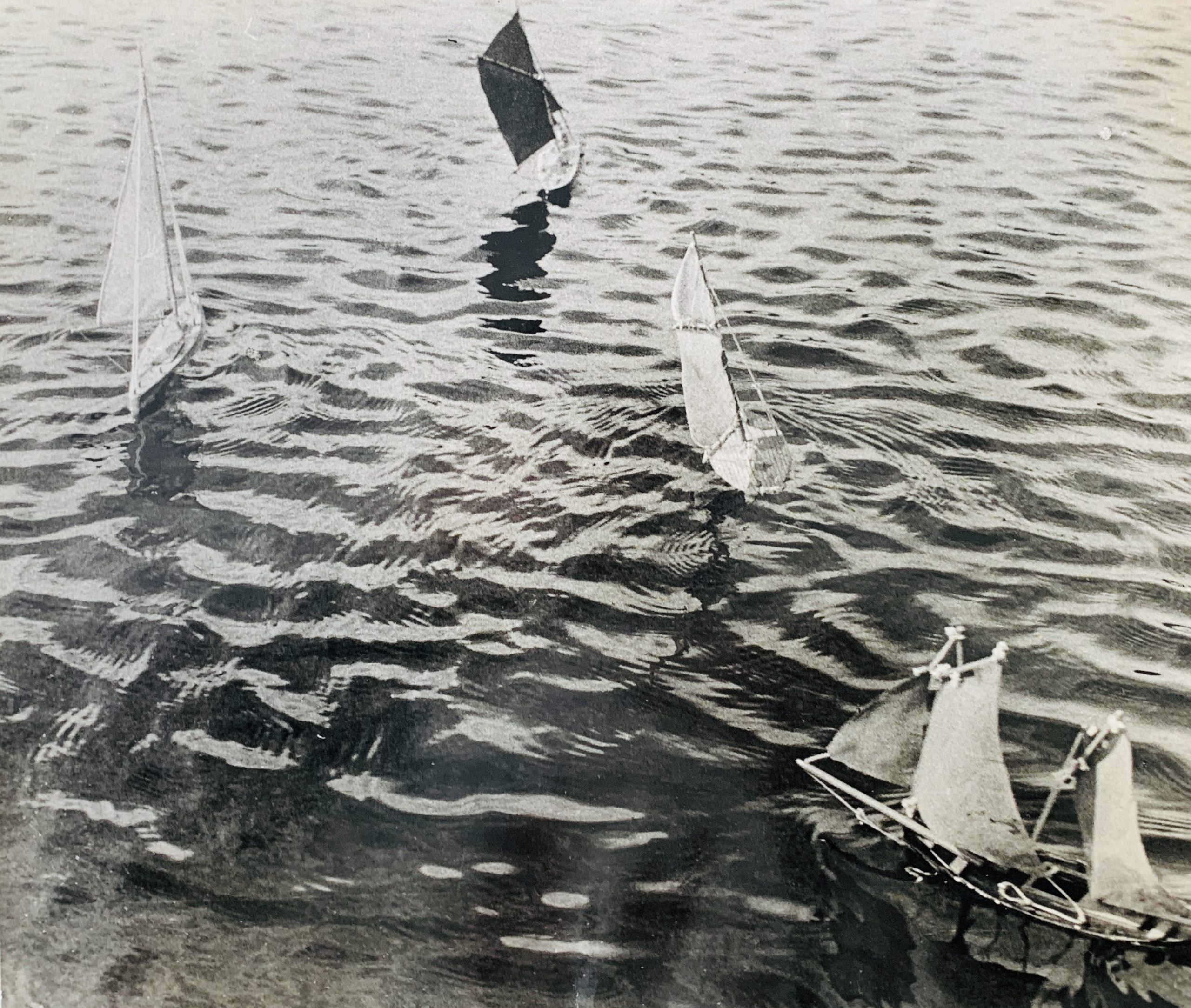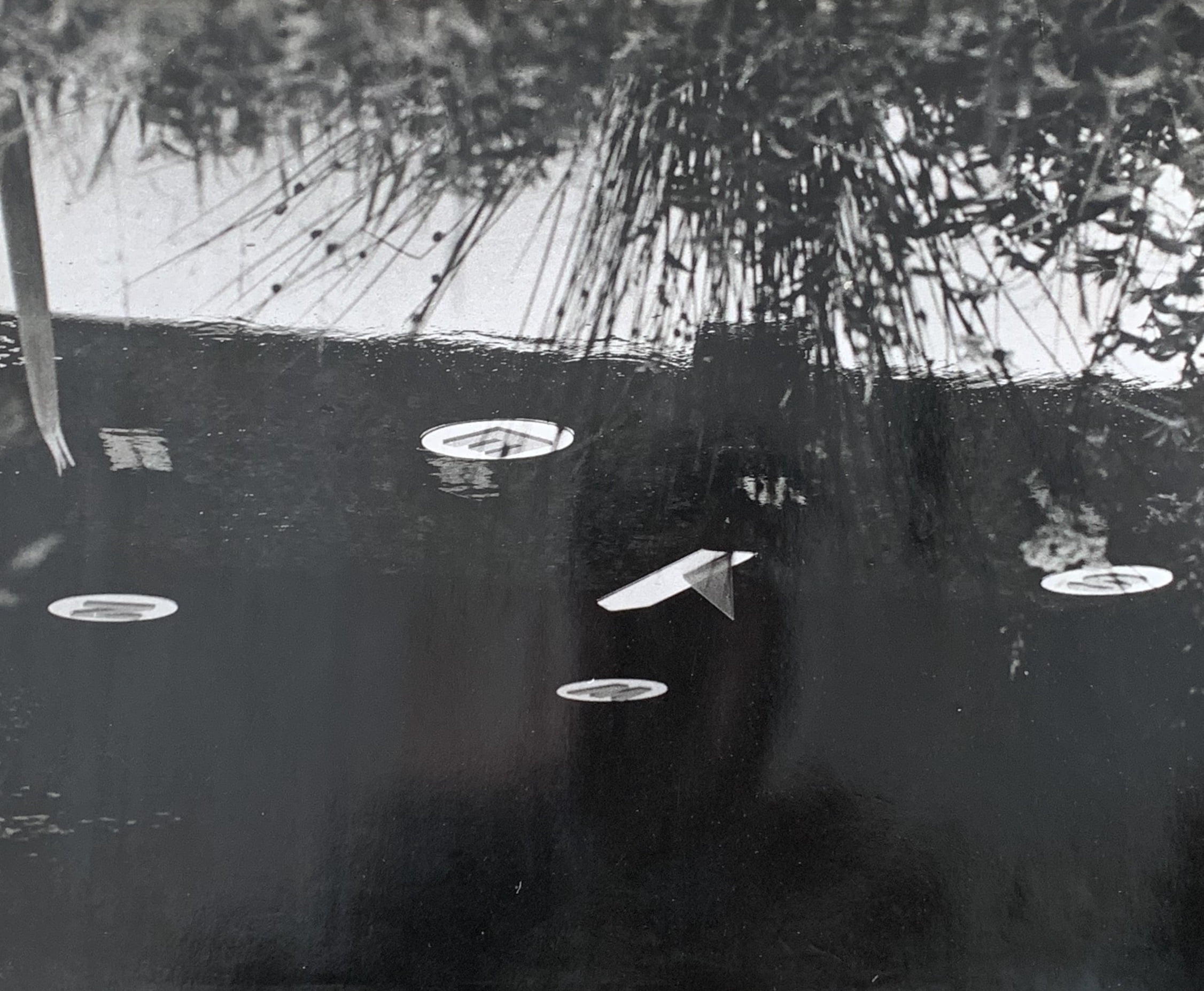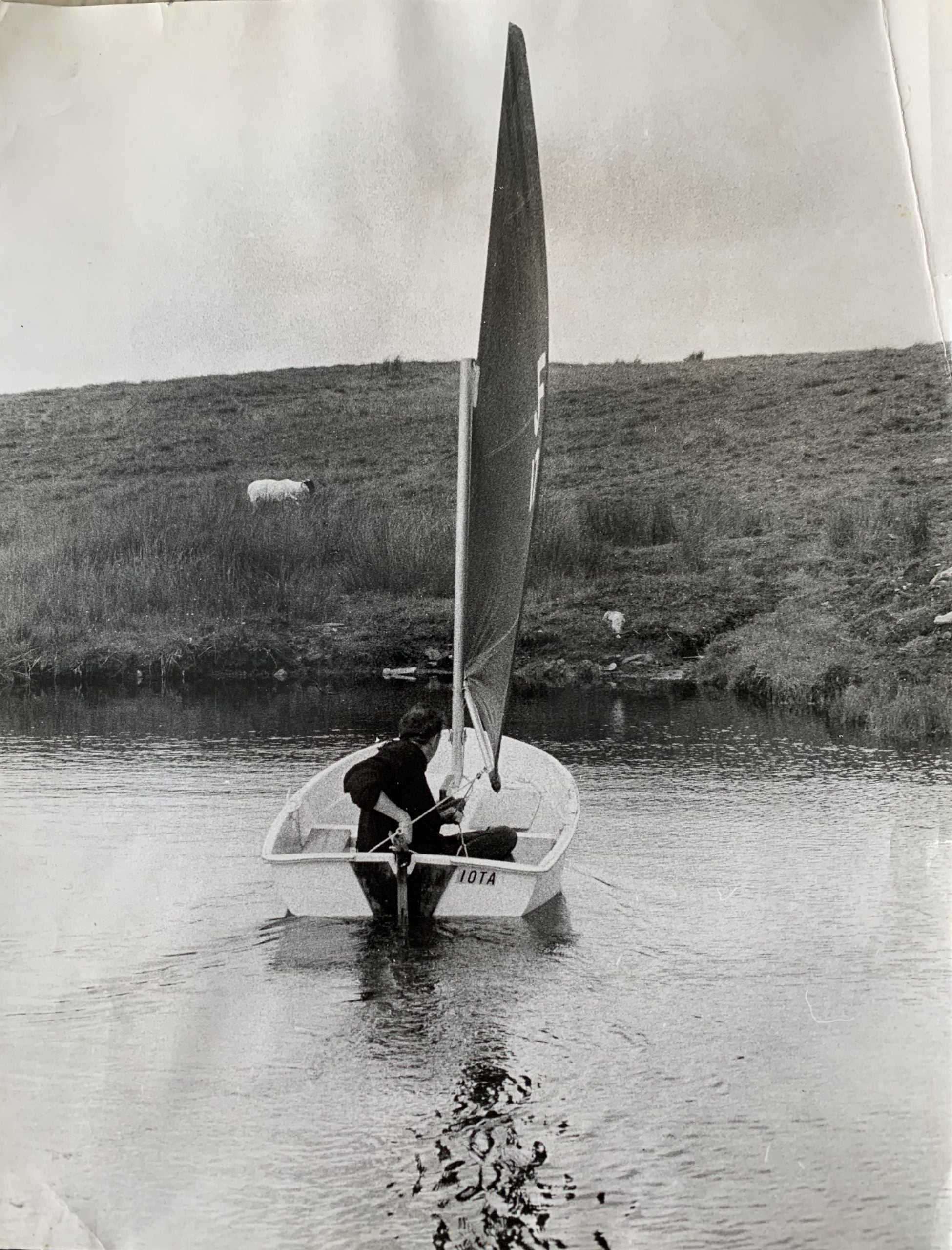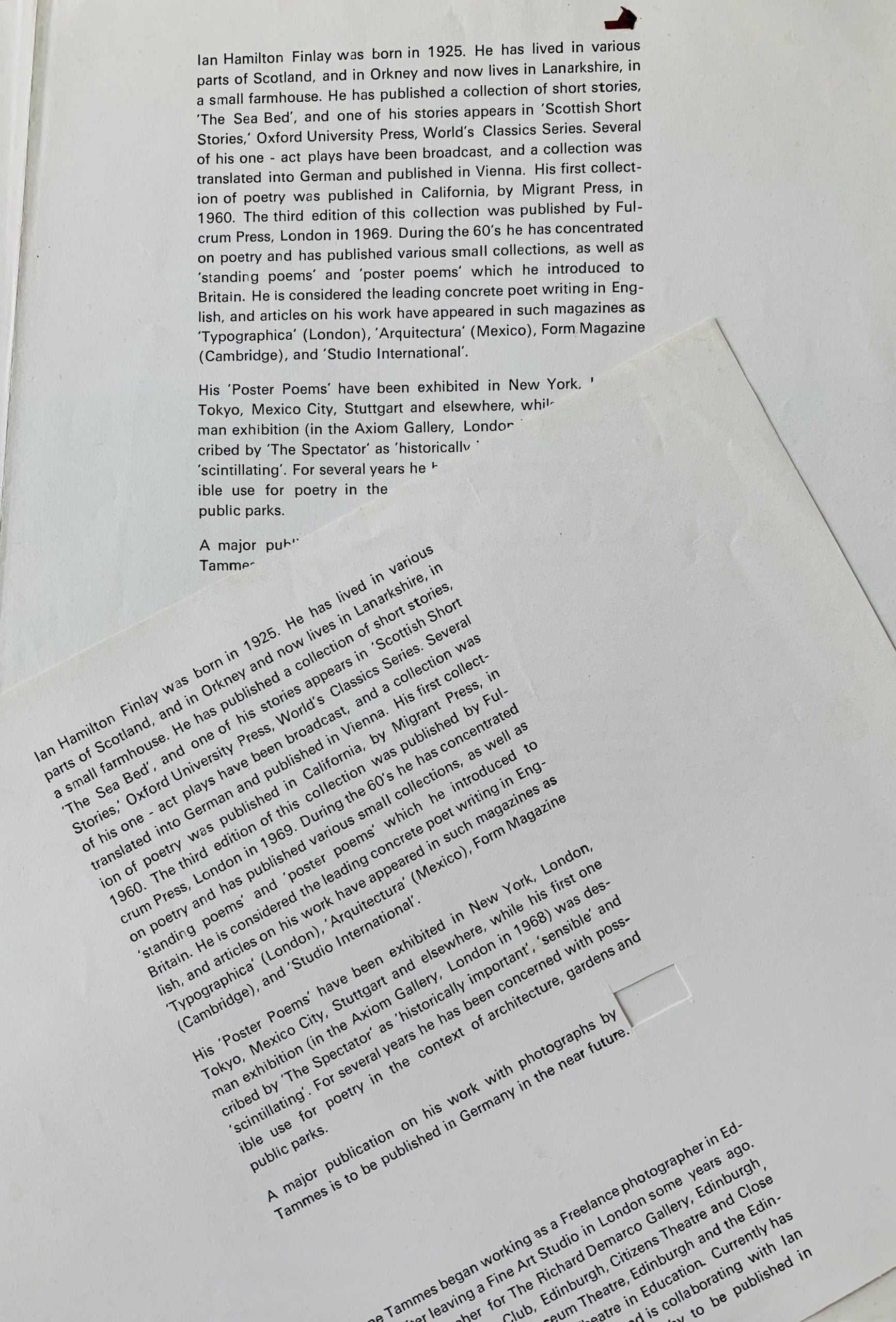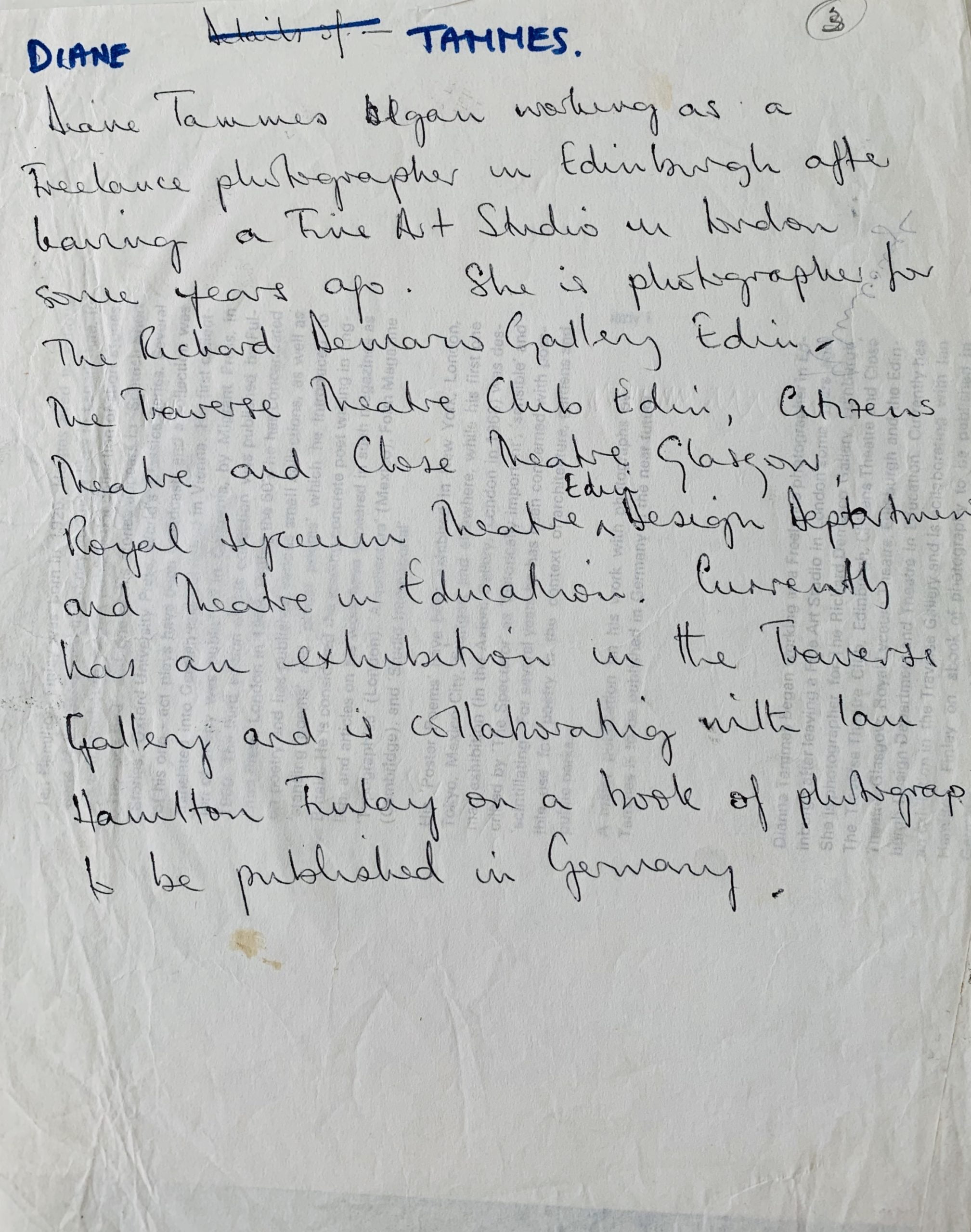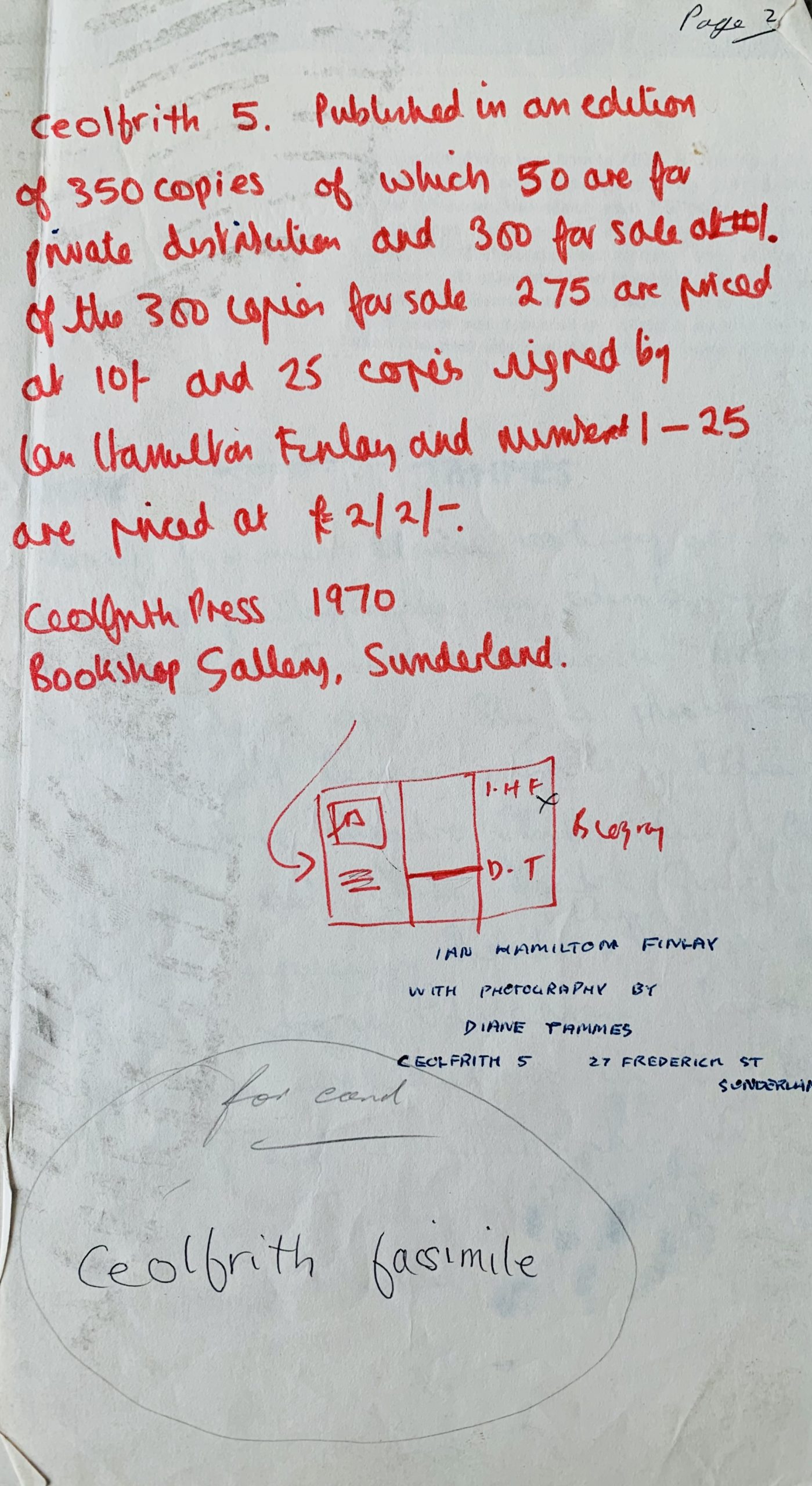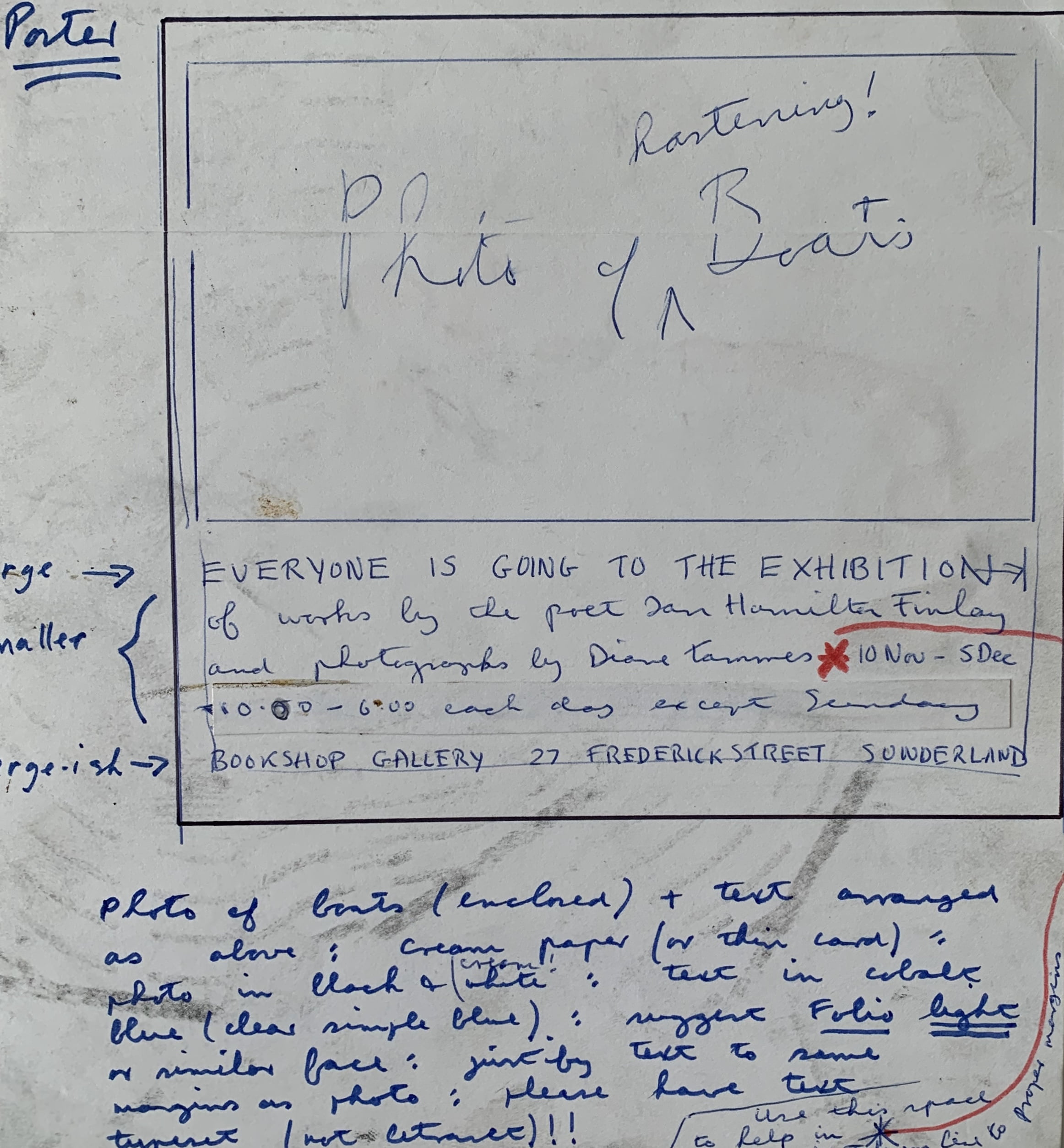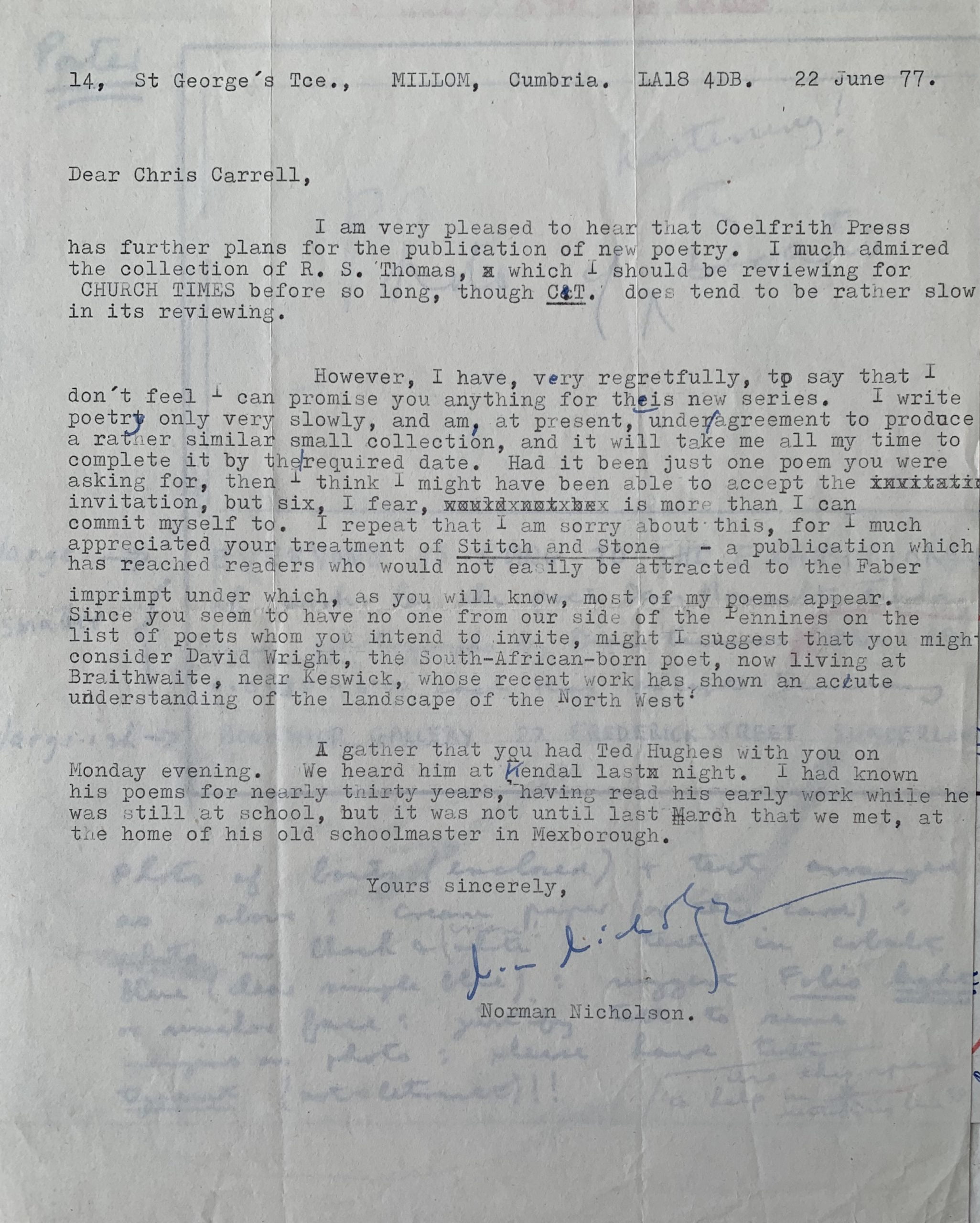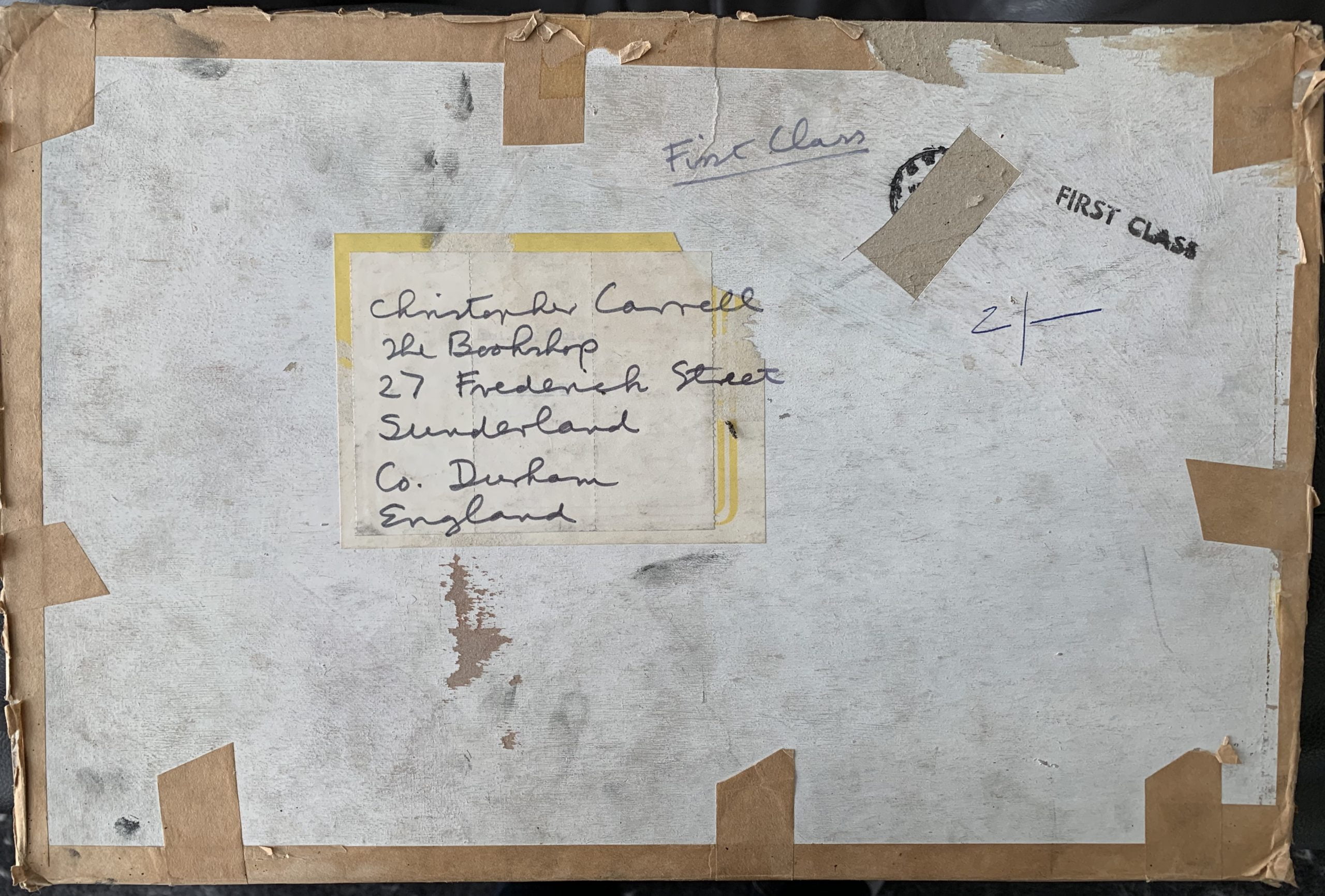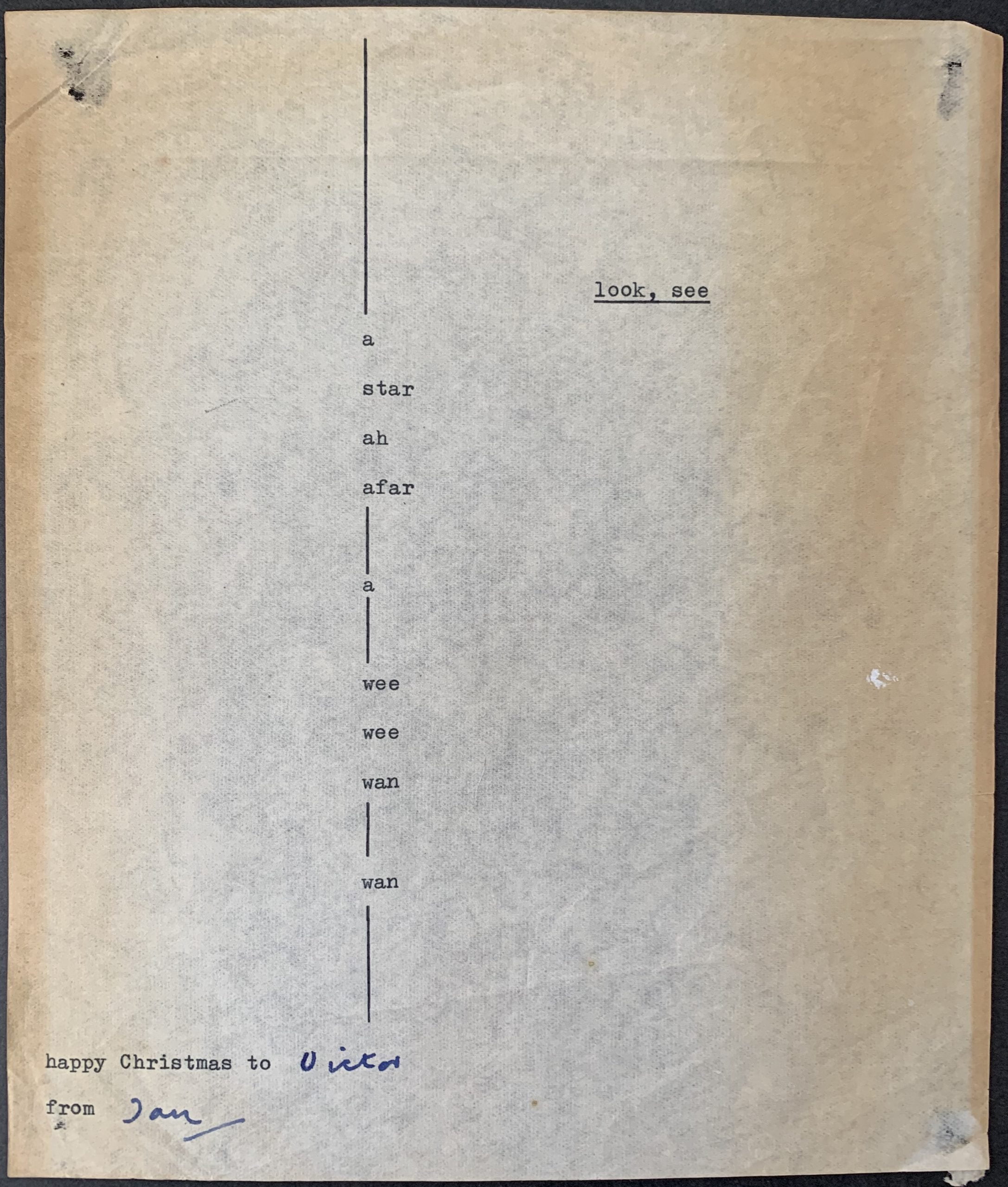19 Apr ENHRENTEMPLE.
17 x 17 x 10cm, block of four etched stones on a marble base. An unique work with stylised Greek ionic columns holding a "frieze" with the words around the stones:
how blue!
how far!
how sad!
how small!
how white!
The texts are exclamations about a horizon where the sky meets the ground and a reminder how great forces are at work in the natural world hence this is a Romantic work.
This is an unique small work and not a maquette for a larger work.
There are small scratches and chips in the blocks but overall it is still in VG condition. We are not aware of the date of this work - we believe in the early 2000s....

